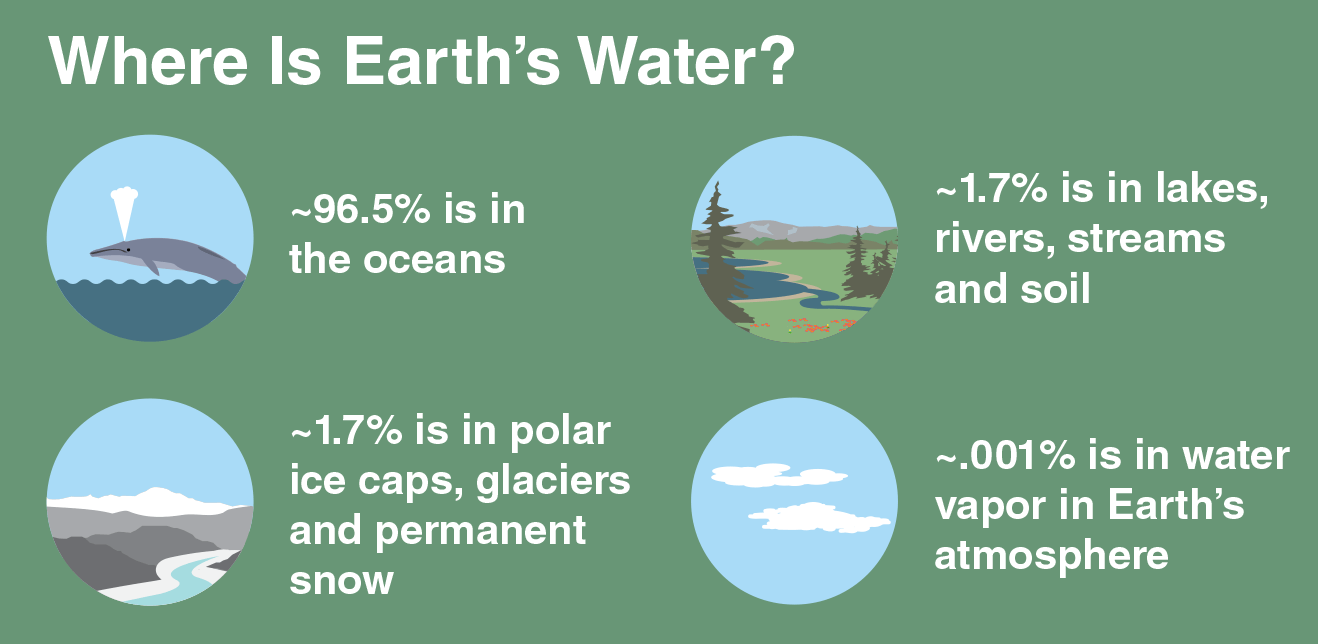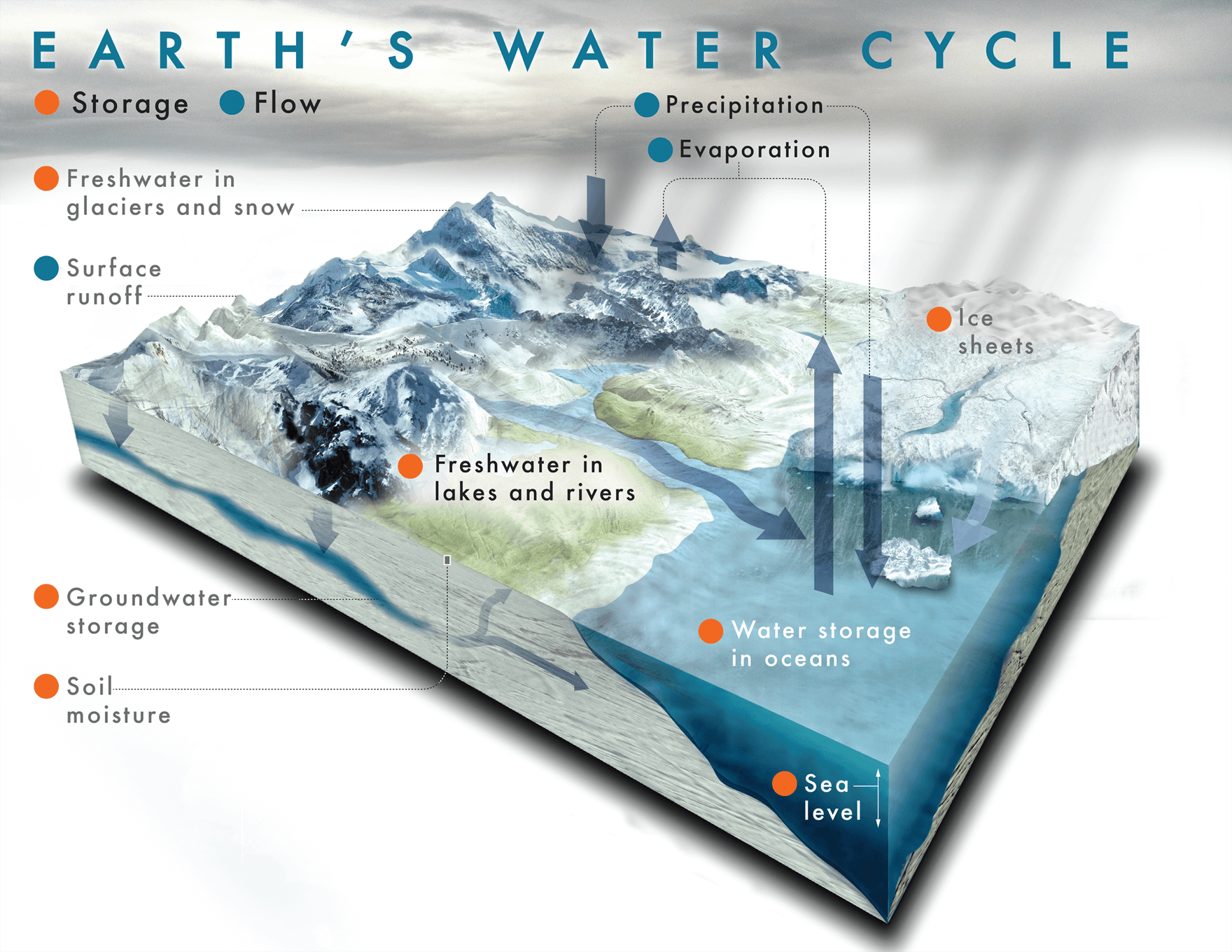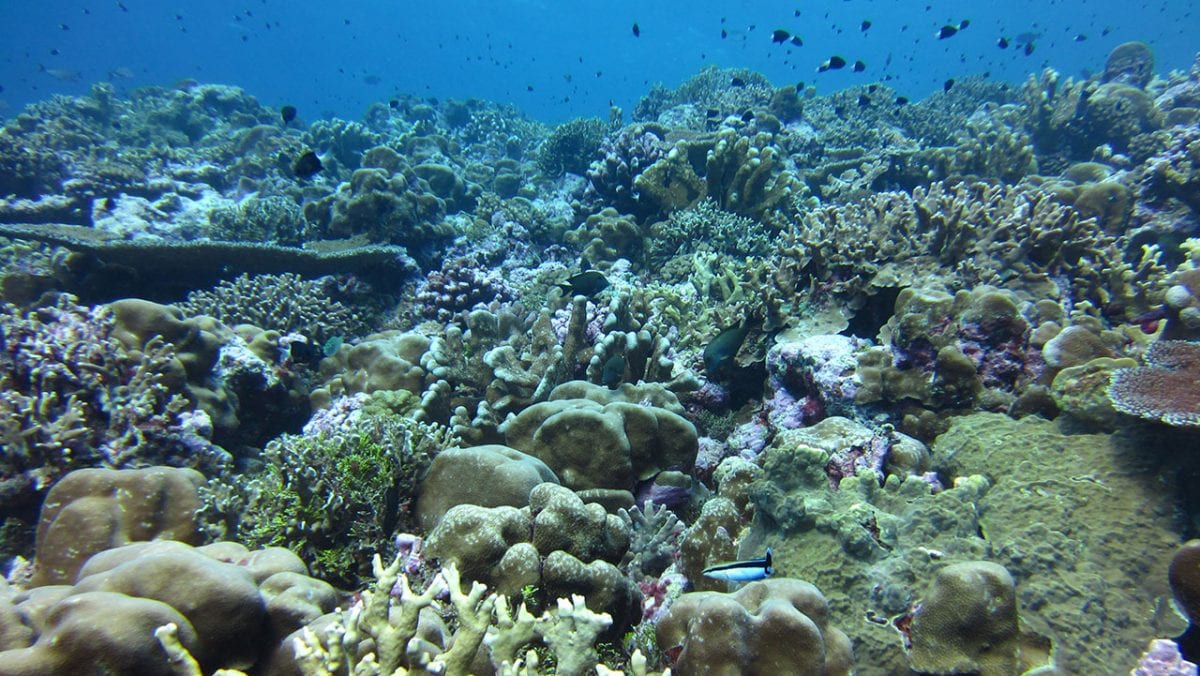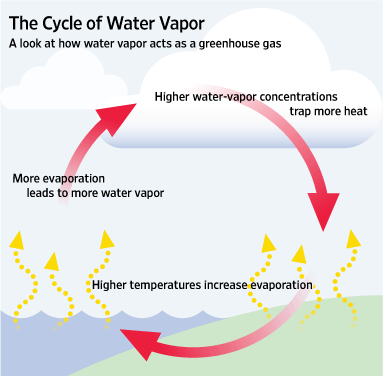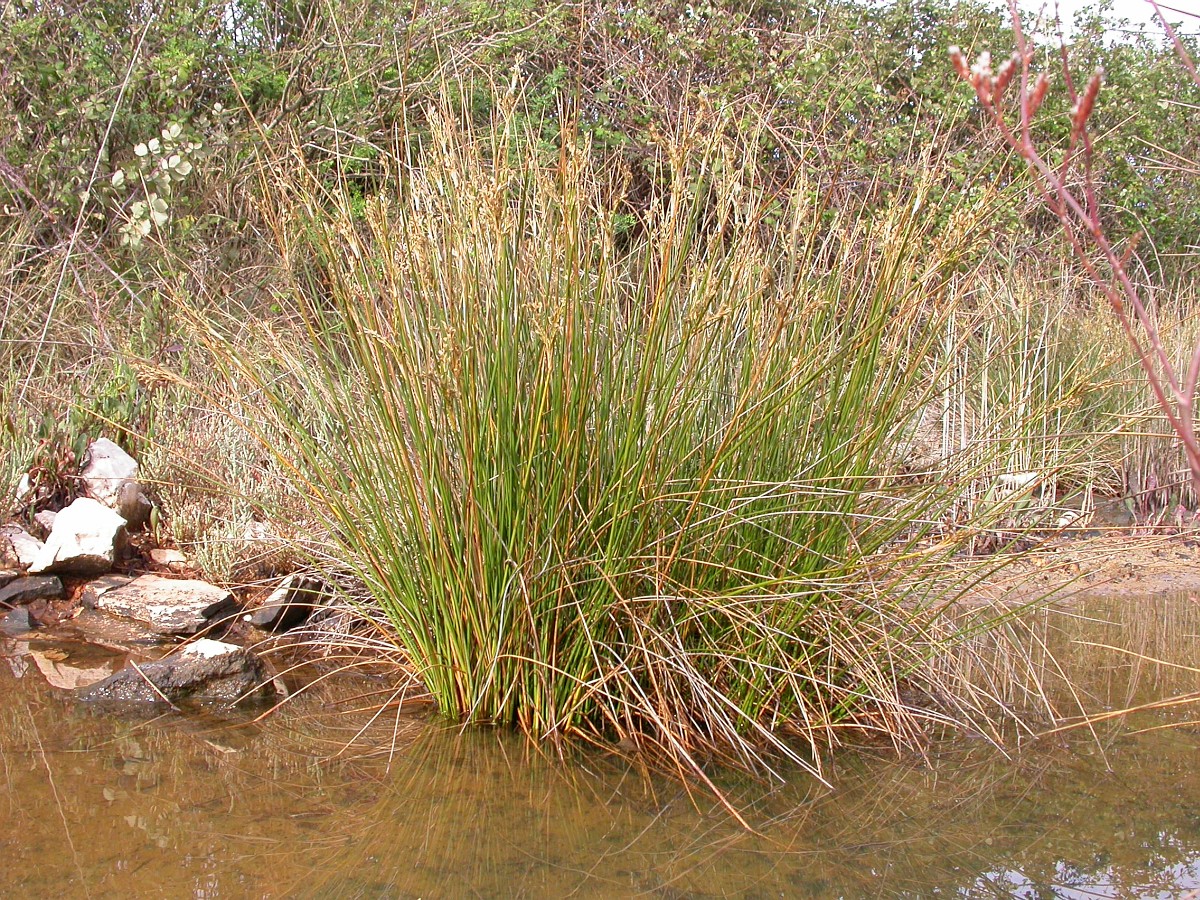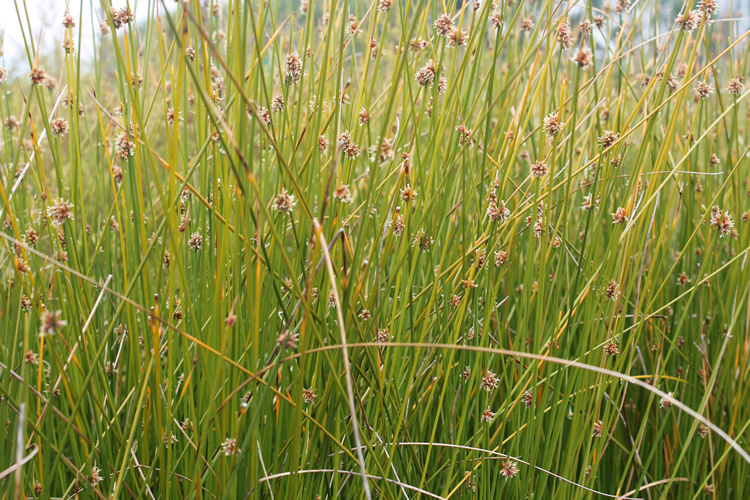In reading, this term we have been doing Novel Studies which is reading a novel and doing activities that connect to it. Our group has been reading "Night Vision", a story about a girl with a disease, which is XP or Xeroderma Pigmentosum. The disease causes her to be only out at night, she is not able to absorb sunlight, if exposed to a great extent she or he may die. One night while out, he saw something that she shouldn't have seen; it was a crime, murder and robbery. The question is what will she do with the money? The direction in which this story take is very surprising and would recommend anyone to read. We have been progressing with the activities that were given to us; such activities were, for example, creating the main character and other characters as well, like animals, etc.
This book had been an enjoyable novel, I liked the plot on the book and that it had been set in New Zealand. How it was written was simple yet interesting; it hooked me at the moment I read the blurb. There wasn't a point in the story that I felt uninterested in reading further; not only that but I quite liked the fact that it tackles on a real disease and spreading knowledge about it while the plot continues. Moreover, it was in one of my most favourite genres mystery and thriller. There were only a little things that I didn't enjoy so much, specifically two.
The first one is that the character development was not seen in some characters, like for example, the dad. He didn't change as much or at all during the story. The character development on the mom, however, was a little bit confusing as I can't tell if it was because Viola was on the papers and that's why she changed. I didn't see an event where the mother would show more affection towards Viola.
How it ended was too quick and fast-paced, but I would guess if that were to happen in real life that would be a very likely scenario to happen. the case would be left as a mystery and there would probably be no evidence that would prove it.
Nevertheless, the book was an amazing read; I would hope to read more of Ella West's books.
Here are some of the activities that we have been making:
Crossword puzzle
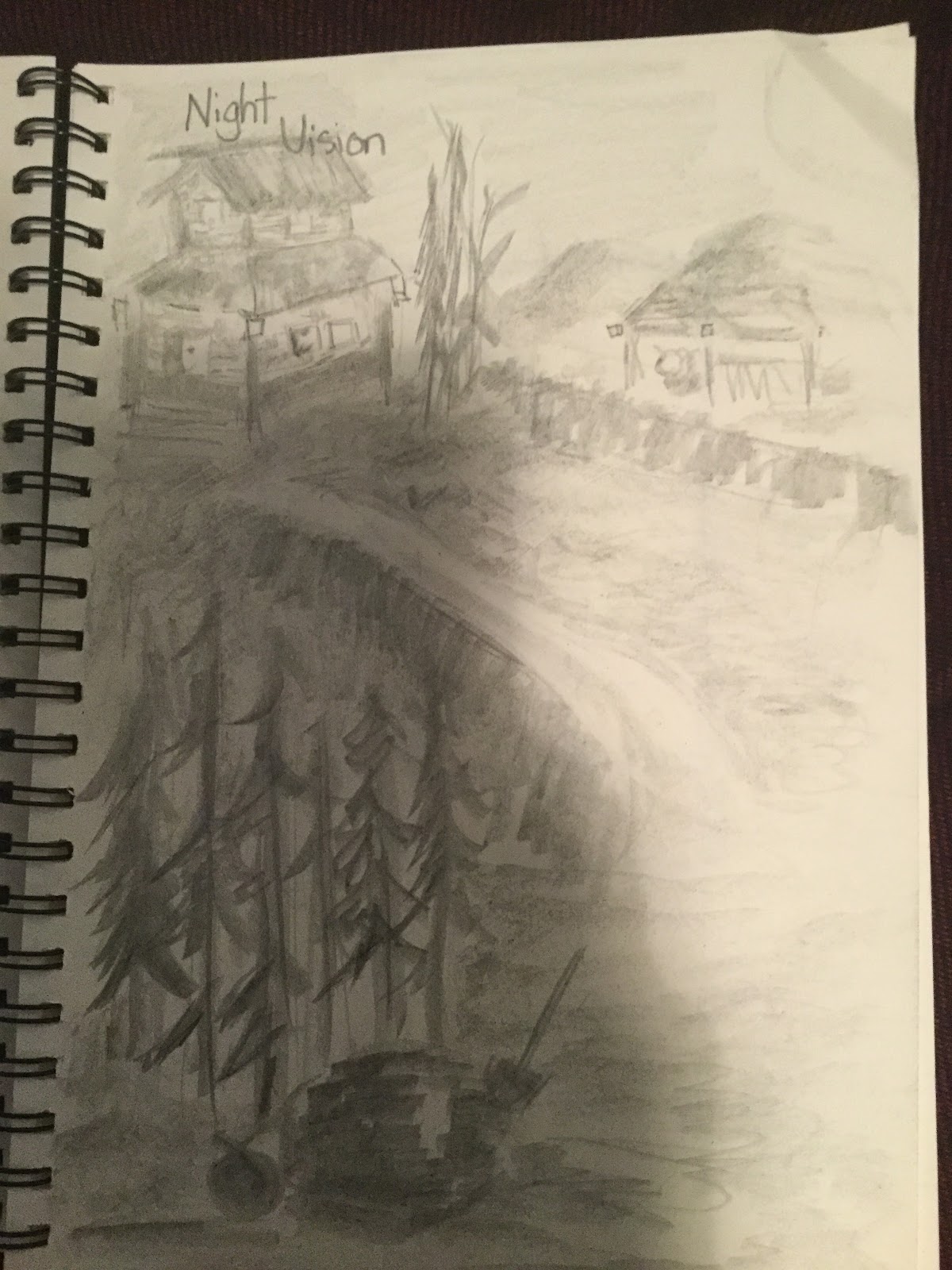
Creating a Poster/Advertisement.
(Recreated version)

